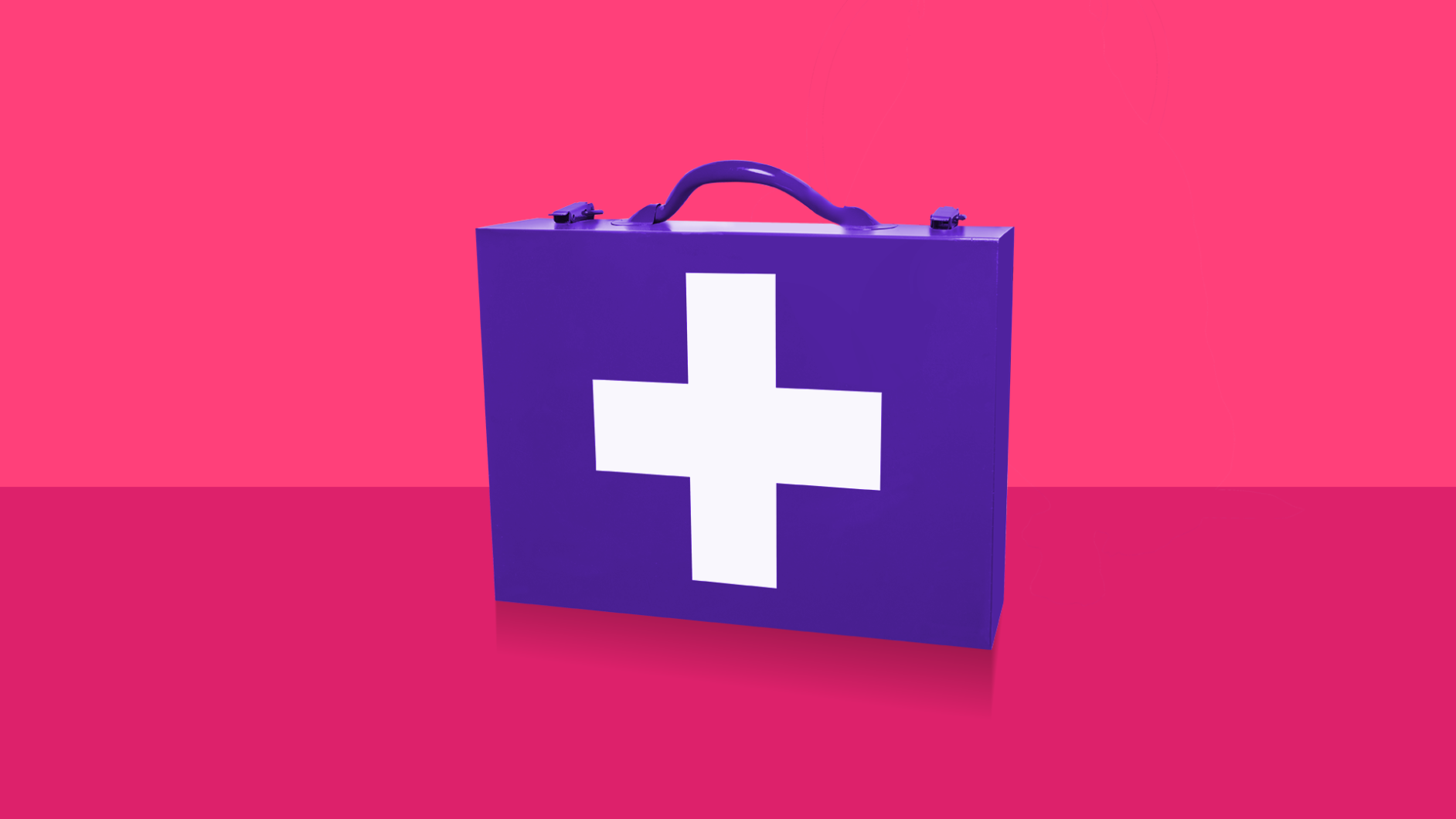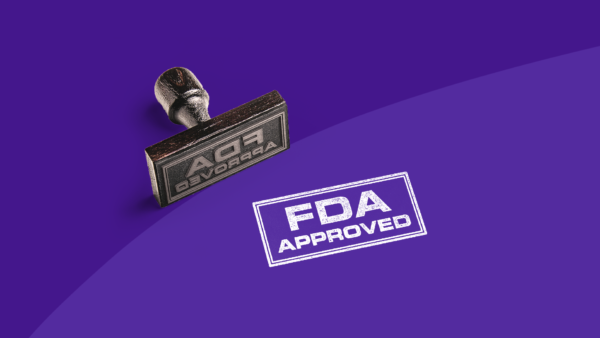When a major natural disaster looms, like a hurricane, flooding, earthquake, etc., it’s critical for everyone in the affected area to be ready. A recent poll uncovered a sobering reality: The majority of older adults think they are ready for an emergency situation, but nearly half of all people 50-80 years old haven’t taken key disaster preparedness steps.
Older adults are vulnerable, since many have more complex health needs or mobility issues. And yet…
- Only 40% of the older adults surveyed have made an evacuation plan with their friends or family members if they had to leave their homes on short notice.
- Fewer than one-third have an emergency kit with essential supplies and medicines that they could use while weathering a storm or evacuating from their homes.
- Just 25% of those with medical equipment that requires electricity—like an oxygen machine—have a back-up power source.
That could be problematic, even dangerous, during an emergency when the power goes out for an extended amount of time.
The one bright spot? Most older adults have stashed away an emergency supply of meds.
- 82% of the respondents who require essential medications had a seven-day supply of medication on hand
- 72% reported they had a seven-day supply of their other necessary health supplies.
The researchers, from the University of Michigan Institute for Healthcare Policy and Innovation with support from AARP and Michigan Medicine, emphasized that older adults must talk with their loved ones about planning for an emergency situation. And family members of older adults, listen up: If your loved one hasn’t broached this subject with you, it’s time for you to bring it up with them.
How to prepare for an emergency
Feeling a little anxious about your own disaster preparedness—or lack thereof? Here are the key steps you can take to get ready for a potential emergency situation:
1. Make an emergency preparedness plan.
If you haven’t already made an emergency plan, start now! Depending on where you live, you might need a couple of plans—one for each of the most likely disasters that could occur near you. For example, if you live near one of the coasts, you might create a hurricane plan and an earthquake plan. If you live in the Western states, you might create a wildfire plan and a tornado plan.
Include steps for protecting your home or belongings in the event of an evacuation, too. Share the plan with your family members, so everyone’s on the same page. Get more guidance on developing your plan from Ready.gov.
2. Create an emergency kit.
The American Red Cross suggests that you assemble enough supplies in your emergency go bag to last at least three days (or more for some items). Store everything in a bag that you can easily move—like a suitcase or duffle bag with wheels. Then, label the bag with your name and contact information.
The 10 most important items to include in your emergency kit are:
- Flashlights. Don’t forget extra batteries and bulbs.
- Fresh water. The Red Cross suggests one gallon per person per day. If you have room to store it, keep a two-week supply.
- First-aid kit, seven-day supply of medications, list of medications that you currently take and copies of prescriptions, and other medical items that you might need.
- Radio. Choose a hand-crank version or a battery-powered version, with backup batteries.
- Hygiene items like toilet paper or feminine care products
- Emergency blanket
- Copies of important documents, such as insurance policies
- Cash
- Contact information for family members and other people you may need to reach
- Canned food and manual can opener. Some preparedness experts suggest keeping a three-day supply of food on hand.
Learn more about creating, maintaining, and storing your emergency supplies here.
3. Update your plan and your emergency kit periodically.
Don’t rely on supplies that may become outdated. Make plans to regularly review your disaster preparedness kit and your emergency plan to make sure that everything is current.
Think of all those fresh batteries that you originally stored in your kit. They might need to be replaced if you use them during a storm. Consider your seven-day supply of medication. Did you use it all up during a recent event? Could the medications have expired? Check on them and make sure that you have a complete, unexpired set that’s ready to go.
Additionally, your needs, or your family members needs, may change over time—and you might need different supplies to meet those needs. Make it part of your routine to review your emergency readiness.











